MotoGP: Bridgestone breaks all Aragon records
Satisfaction for the sole tire supplier, which will leave at the end of the year
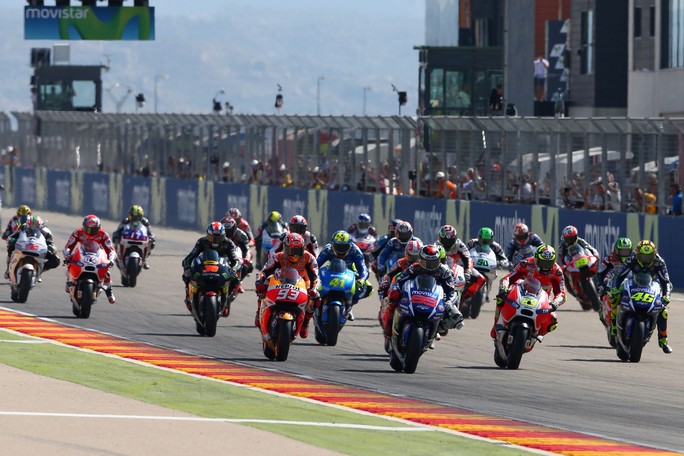

Bridgestone MotoGP 2015 Aragon – The 2015 Aragon Grand Prix was faster than last year, Marc Marquez in fact obtained pole position with the new track record (1'46.635) while Jorge Lorenzo set the fastest lap in the race (1' 48.120) and reduced the overall one, which was 41'44.933, beating the previous one by over eighteen seconds. Here's what he said about it Masao Azuma, Chief Engineer, Bridgestone Motorcycle Tire Development Department.
This year on many occasions the riders have chosen the hard compound on the front, but this didn't happen in Aragon, were you surprised?
“We had included the hard front compound, but it was an option for this race, not the main one. At each race we offer three slick compounds, two of which are primary and which are available in larger numbers and one optional, of which riders can select a maximum of three pieces. In Aragon the stability of the front is very important, but you also need grip on the corner and a good warm up of the tire and this is why the choice of the medium compound has been popular. Some drivers used the hard compound in FP4, but given the weather forecast for Sunday, it was not appropriate to use it.”
At the rear, most of the riders chose the medium slick compound, how do you explain this?
“Compared to the average brought to Aragon last year, this year it has been optimized to give better corner grip without compromising durability. It was an important development, because it allows riders better performance in long-radius corners, such as 10, 16 and 17. The hard compound was an option for Factory Honda and Yamaha riders, but given the temperatures it is not it was necessary to use it. As regards the Open class, we saw how the soft compound covered the race distance without problems, so I think we offered the right balance between the various compounds.”
In the morning sessions the temperature was around 17°, how did you prepare for these types of conditions?
“When there are low temperatures it is important to have good tire heating, but it is even more so in Aragon. This is because although there are not many differences between the left and right turns, the distance between turn 14 on the right and the next one on the right is more than one and a half kilometres. This means that the right shoulder of the tire must be kept at temperature. It may then happen that graining forms, as happened in FP1. However, this year we haven't seen much graining on the rear tires, which means they quickly reached optimal operating temperature.”
Tires available:
Bridgestone slick compounds: Front: Soft, Medium & Hard; Rear: Soft (Symmetric), Medium & Hard (Asymmetric)
Bridgestone wet tire compounds: Soft (Main), Hard (Alternative)
if you want to always be updated on our news
Follow us here
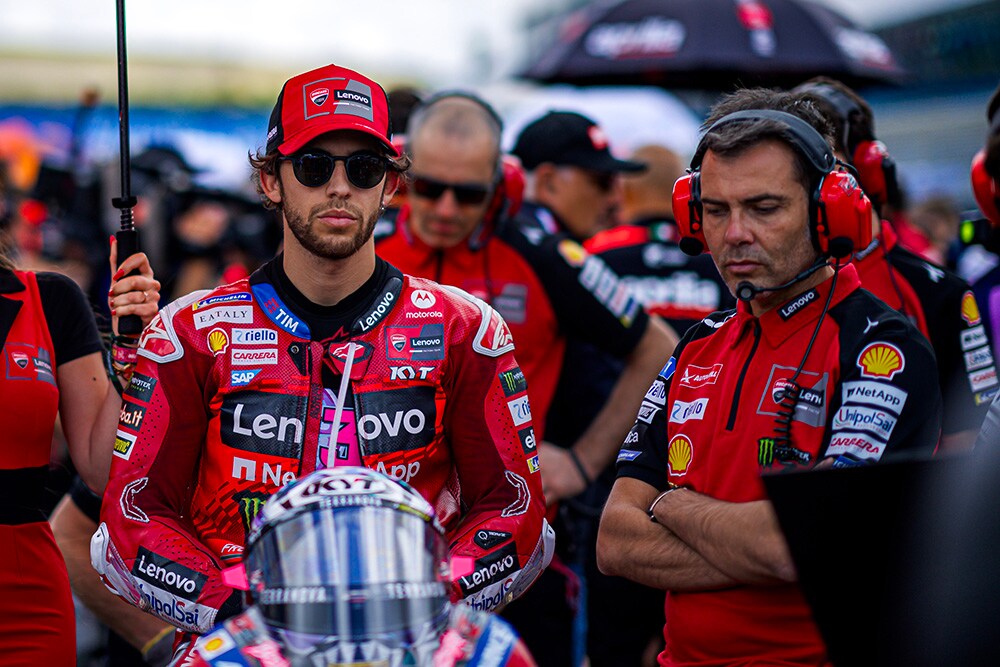
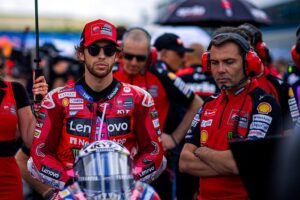
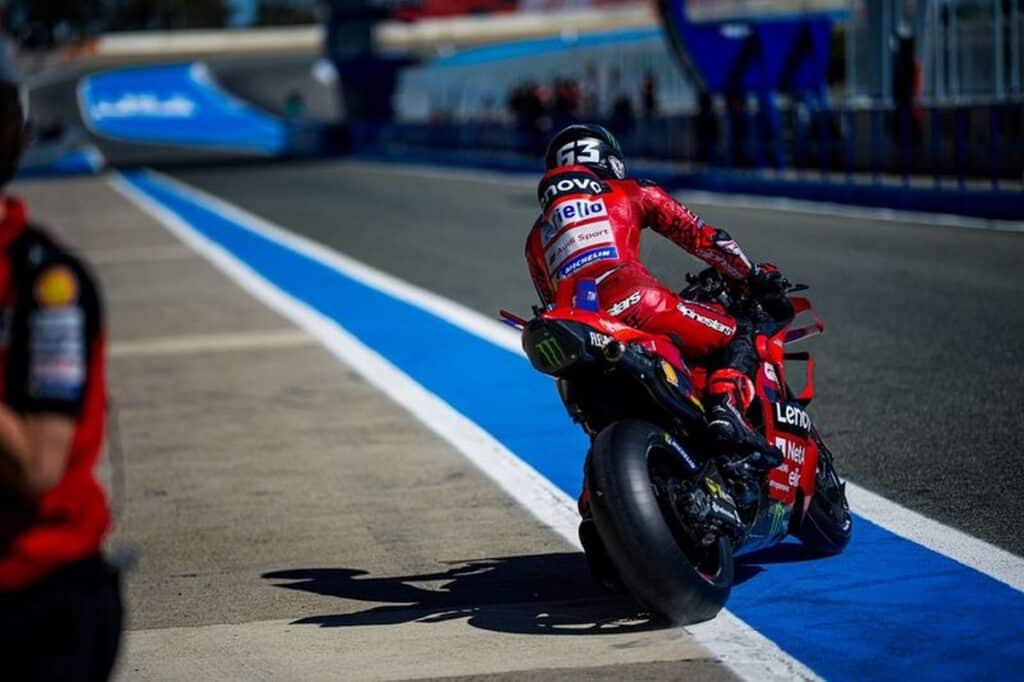
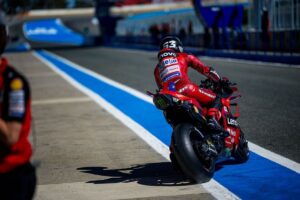
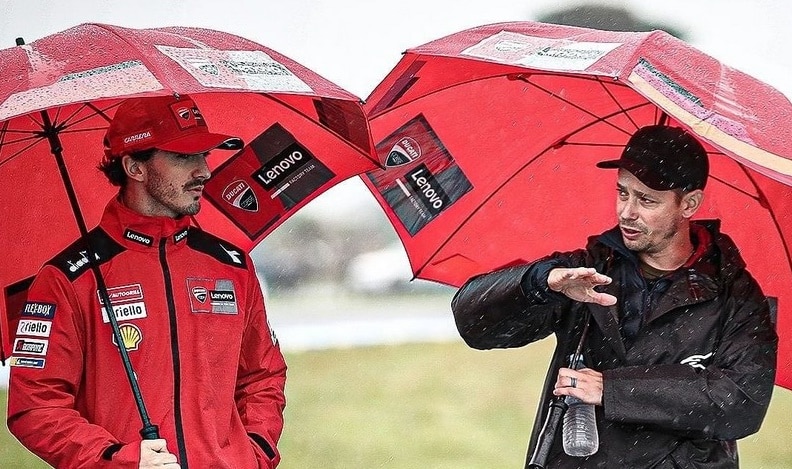
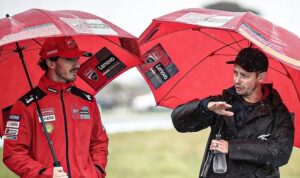
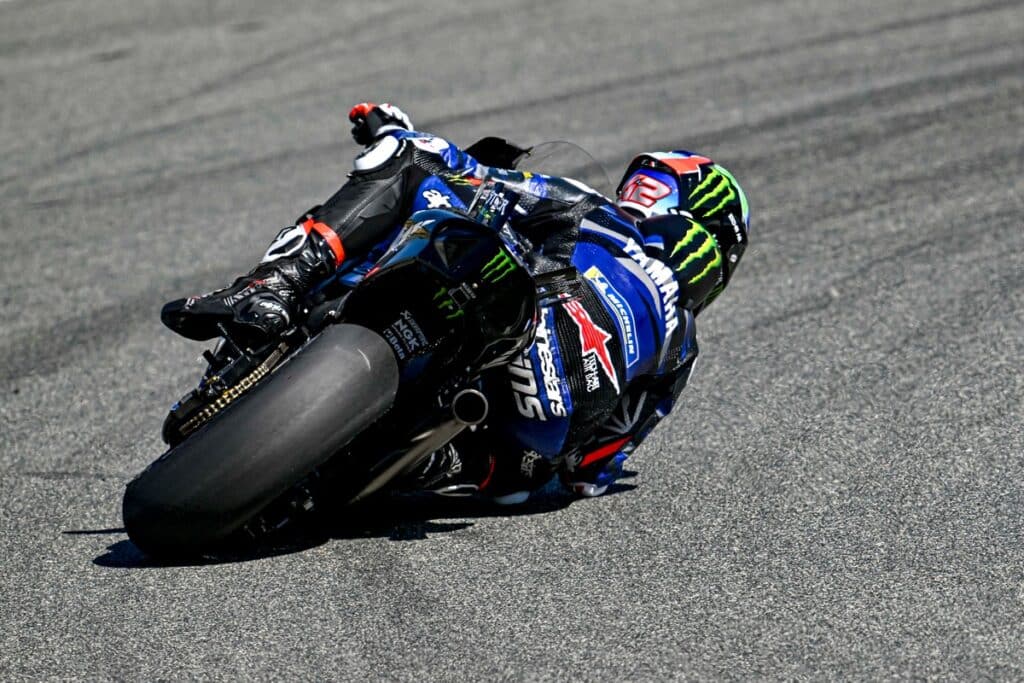
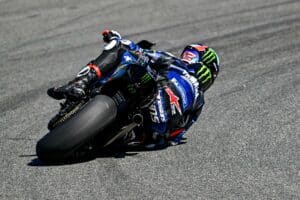
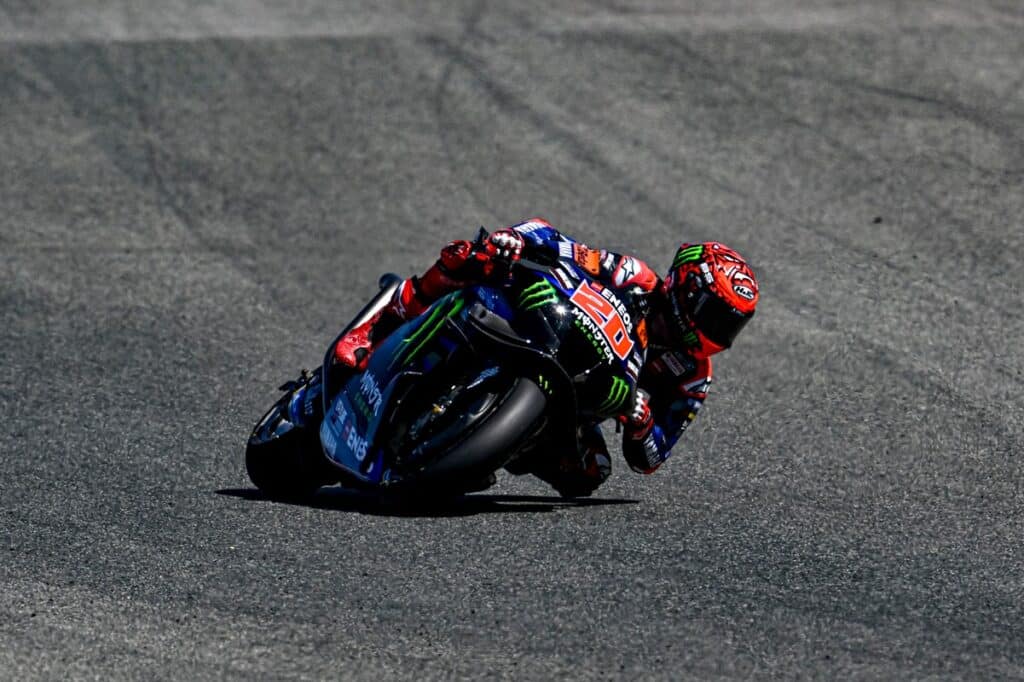
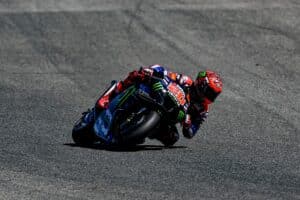
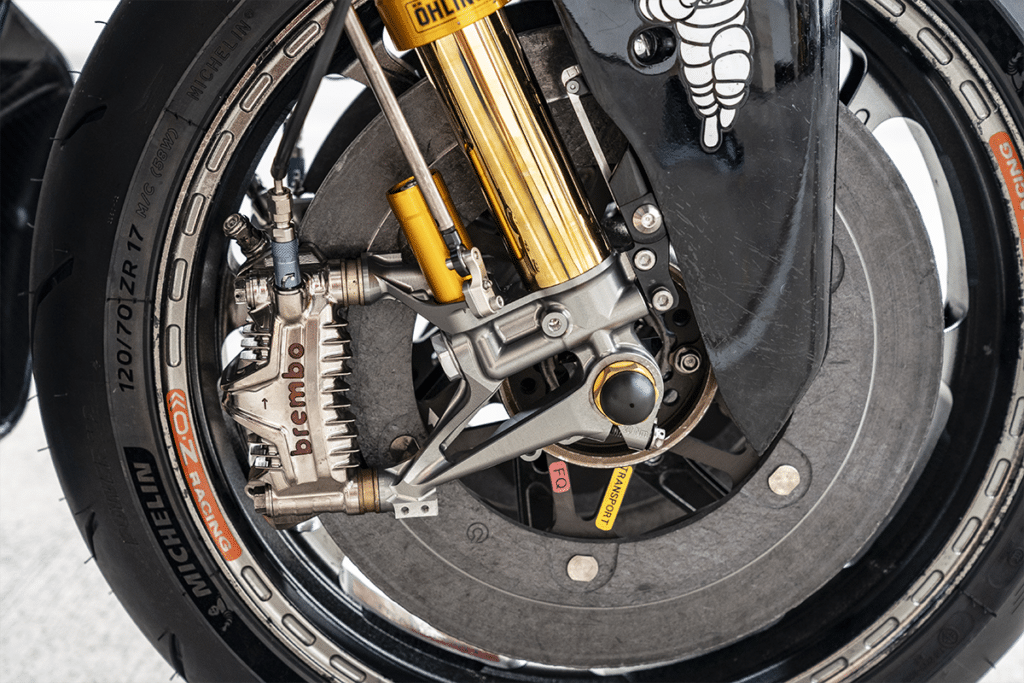
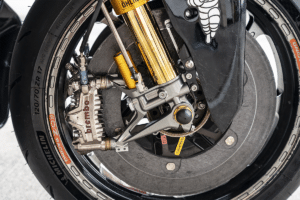
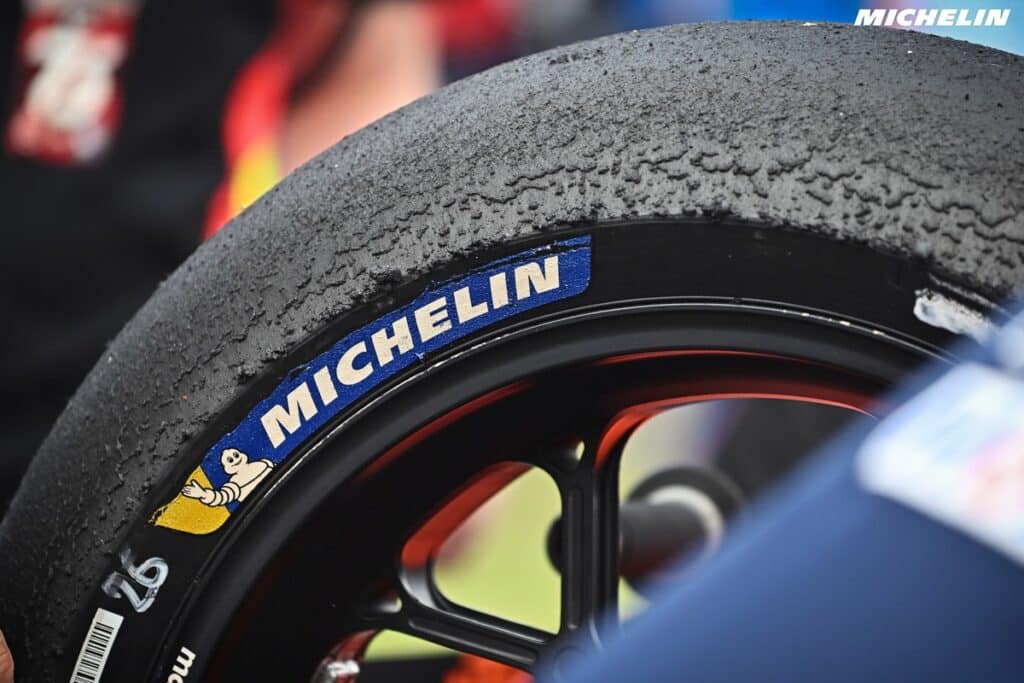
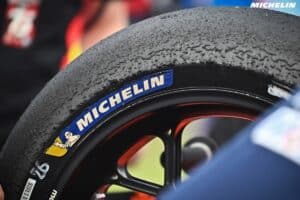
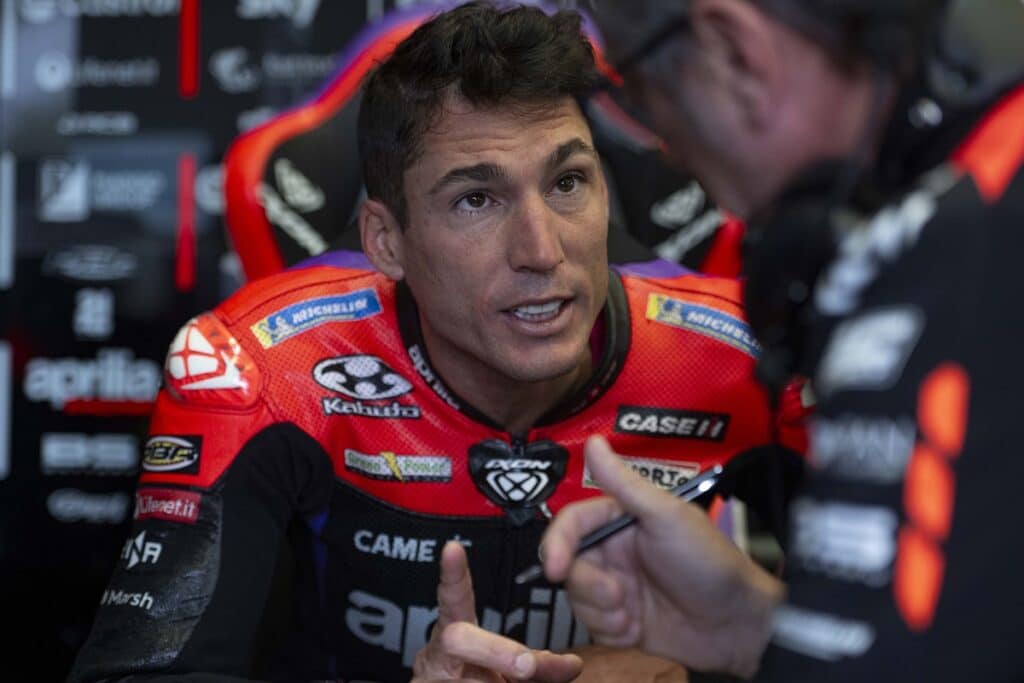














Home > MotoGP > MotoGP: Bridgestone breaks all Aragon records
MotoGP: Bridgestone breaks all Aragon records
Satisfaction for the sole tire supplier, which will leave at the end of the year
by Alessio Brunori
Post comments
MotoGP: Bridgestone breaks all Aragon records
Bridgestone MotoGP 2015 Aragon – The 2015 Aragon Grand Prix was faster than last year, Marc Marquez in fact obtained pole position with the new track record (1'46.635) while Jorge Lorenzo set the fastest lap in race (1'48.120) and reduced the overall one, which was 41'44.933, beating the previous one by over eighteen seconds. Here's what Masao Azuma, Chief Engineer, Bridgestone Motorcycle Tire Development Department, had to say about it.
This year on many occasions the riders have chosen the hard compound on the front, but this didn't happen in Aragon, were you surprised?
“We had included the hard front compound, but it was an option for this race, not the main one. At each race we offer three slick compounds, two of which are primary and which are available in larger numbers and one optional, of which riders can select a maximum of three pieces. In Aragon the stability of the front is very important, but you also need grip on the corner and a good warm up of the tire and this is why the choice of the medium compound has been popular. Some drivers used the hard compound in FP4, but given the weather forecast for Sunday, it was not appropriate to use it.”
At the rear, most of the riders chose the medium slick compound, how do you explain this?
“Compared to the average brought to Aragon last year, this year it has been optimized to give better corner grip without compromising durability. It was an important development, because it allows riders better performance in long-radius corners, such as 10, 16 and 17. The hard compound was an option for Factory Honda and Yamaha riders, but given the temperatures it is not it was necessary to use it. As regards the Open class, we saw how the soft compound covered the race distance without problems, so I think we offered the right balance between the various compounds.”
I believe this is the secret of Yamaha's success compared to previous years, and on the contrary that of Honda in the last 2 years.
Marquez makes better use of the harder and more stable compounds on the bike, bringing them up to temperature better with his Honda.
Lorenzo, but also Rossi with the Yamaha are gentler on the edge, so they don't fully exploit the smoothness of their bike, with compounds that are too hard on the edge, in short, the Yamaha is neutered, especially Jorge's riding. While with a soft edge with lots of grip but which can handle a race, Lorenzo is the one who knows how to bring out the best from the Yamaha.
While the Honda is either not as effective as the Yamaha or it wears out the edge too much and therefore is unable to race at the same levels.
Rossi admitted that Yamaha optimized the second part of the race, they probably knew or predicted that Bridgestone would bring back better compounds on the edge to increase performance for the final year and beat previous records where possible, to make a final year at very high levels that prevent Michelin from performing the same.